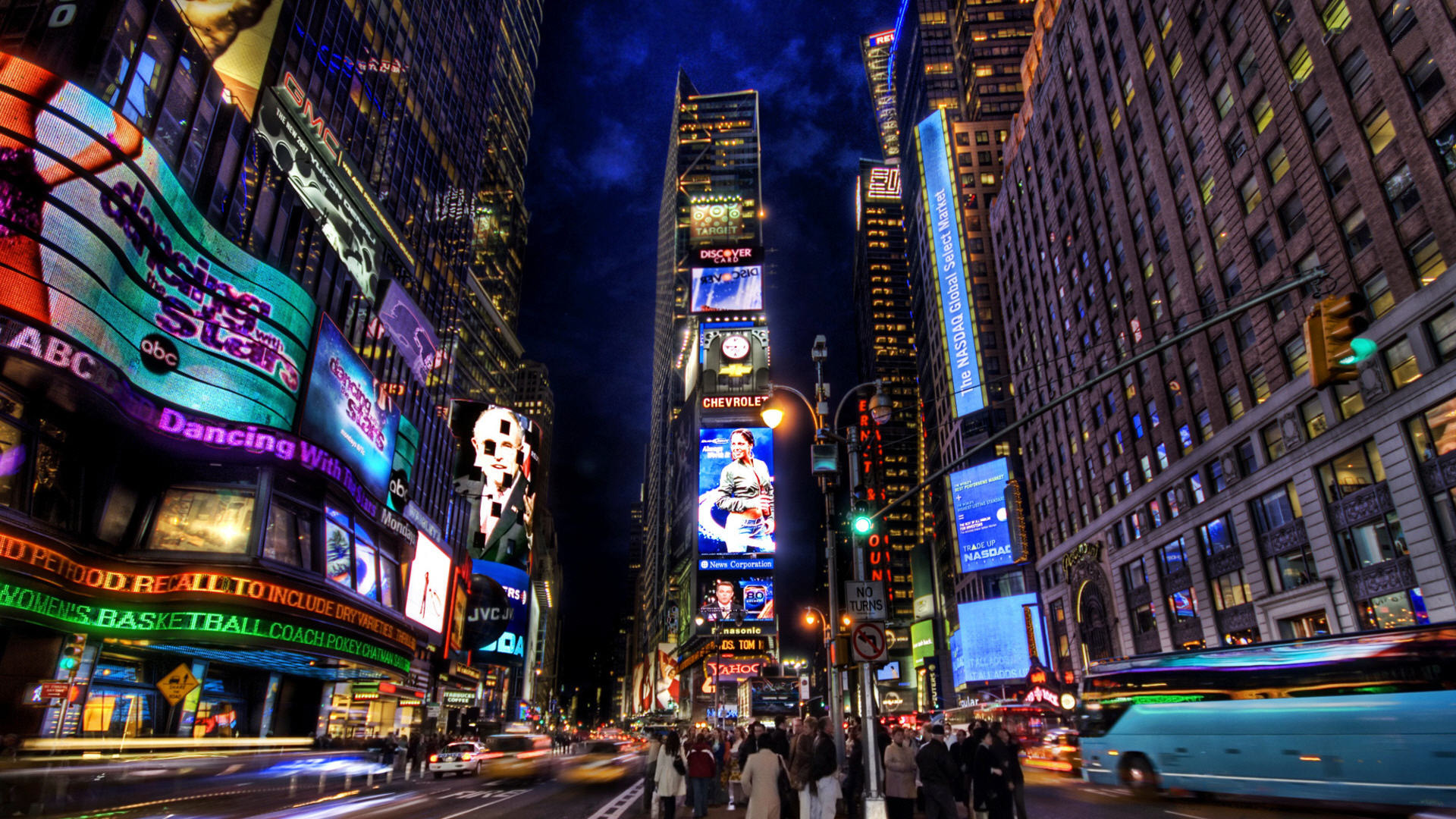So then what countries are most likely to notice a boost in Chinese tourism?
Though terror attacks across Europe may have deterred Chinese travellers in 2016, it would appear that Europe has been rather quick on the get-go to recover:
- ForwardKeys’ growth rankings saw a 68.5 percent growth in Chinese New Year travel to Europe compared to the previous year.
- Western Europe, the target for most terror attacks saw a 42 percent growth record
- Destinations least associated with terrorism saw the highest growth rates
- 101 percent in Central and Eastern Europe, 100 percent in the Nordics, and 69 percent in Southern Europe
Although Europe is going to experience quite an increase in tourism, other destinations have not seen as exciting results:
- U.S. and Canada bookings, in contrast, are up only 3.3 percent from last year but still claim the fourth largest share of Chinese bookings for the new year holiday (10 percent)
- Northeast and Southeast Asia still account for the highest share of travelers (39 and 28 percent respectively), but had dropped by almost a 2 percent growth year-over-year making it the only other region other than Oceania (dropped by 1.1 percent) to see a decline in visitor numbers.
Where else will this affect?
As Jing Daily states, “While the absolute number of arrivals from China remain modest in other parts of the world, tourism stakeholders in Latin America, Africa, and the Middle East still have reasons to be optimistic about the new year as they all were subject to over 60 percent growth in Chinese New Year travel. Indeed, getting off the (Chinese) beaten track seems to be gaining appeal among some of China’s many holidaymakers.”
Luxury and retail brands
Companies, hotels, travel services and tourism stakeholders will profit from this holiday season without a doubt.
In fact according to Business Insider, the impact of Chinese tourism in Australia back in 2016 last year, did not go unnoticed and the Chinese New Year was heralded as the world’s largest annual human migration.
- A survey by Hong Kong-based investment bank and broker CLSA stated: “Chinese tourists put Australia at 15th as a shopping destination in 2016, up four places from 19th only a year prior.”
- “While the tourists won’t get near December’s total local retail spend of $24.8 billion”, writes Chris Pash (referring to December 2015), “the numbers are significant and Chinese New Year is becoming important, especially for top end luxury retailers.
- “It’s Christmas in February,” says Mary Poulakis, marketing director at luxury fashion store Harrolds. “It’s our second bite of the Christmas/New Year cherry and we certainly focus on it a lot in our stores.”
Travel and lodging businesses
But that’s not all, in addition to luxury and retail businesses, the flux in the 2017 Chinese Lunar New Year period will prove immensely valuable to travel and lodging businesses. Not only that but according to BCG:
- The market value of leisure trips is expected to more than quadruple by 2020 and the demand for domestic accommodations—for business and leisure travelers—to double.
- BCG’s findings also show that by 2020, 25 percent of international travelers arriving in Japan and South Korea will come from China, while arrivals in Europe from China will quadruple.
From the recent reports by ForwardKeys, it seems that these findings are not as far-fetched as would first seem. And it’s a safe bet to say that businesses and agencies should come to expect more growth in the Chinese tourism industry in the upcoming years and use it to their advantage.
To find out more about how businesses should approach this or rather, how they shouldn’t approach it, check out our article: Luxury Brand Designs Ridiculed By Chinese?
If you enjoyed reading this and would like to read more tourism and travel related content, feel free to take a look at our Tourism Case Studies Library!






